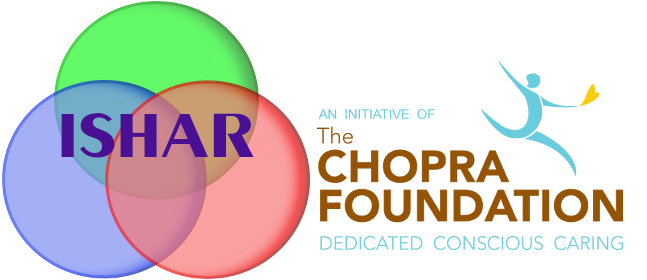Staff favorites
- Best Non Gamstop Casinos UK
- Casinos Not On Gamstop
- 홀덤사이트
- Non Gamstop Casinos UK
- Casinos Not On Gamstop
- UK Online Casinos Not On Gamstop
- Betting Sites That Are Not On Gamstop
- Non Gamstop Casinos UK
- Non Gamstop Casino UK
- Non Gamstop Casino UK
- Best Non Gamstop Casinos
- Non Gamstop Casinos
- UK Casino Not On Gamstop
- Non Gamstop Casinos
- カジノ オンライン
- Non Gamstop Online Casinos
- Migliori Siti Casino Non Aams
- UK Casino Sites Not On Gamstop
- Casino Not On Gamstop
- Non Gamstop Casinos UK
- Meilleur Casino En Ligne Avis
- Casinos Not On Gamstop
- Betting Sites UK
- Casino Non Aams
- Best Betting Sites Not On Gamstop
- Crypto Casinos
- Meilleur Casino En Ligne En Belgique
- Meilleur Casino En Ligne Belgique
- Siti Non Aams
- 해외 카지노 사이트 순위
- Trang Cá Cược Bóng đá
© ISHAR is a program of ISHAR LLC, which is a Chopra Foundation Initiative and a 501(c)(3) nonprofit public charity.
